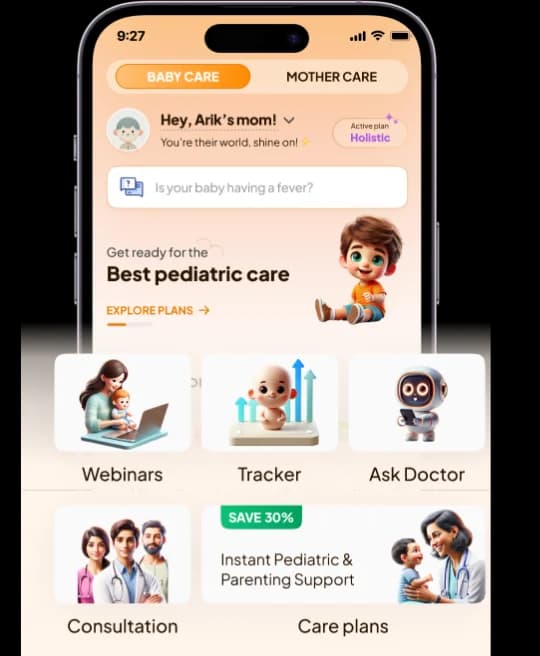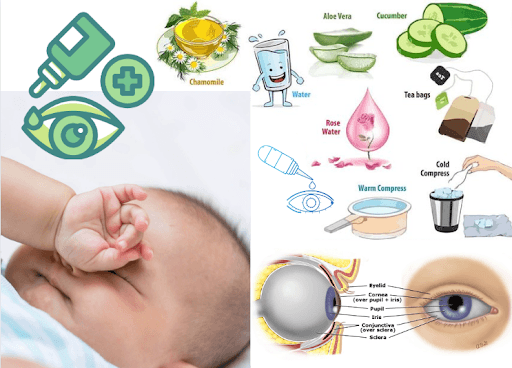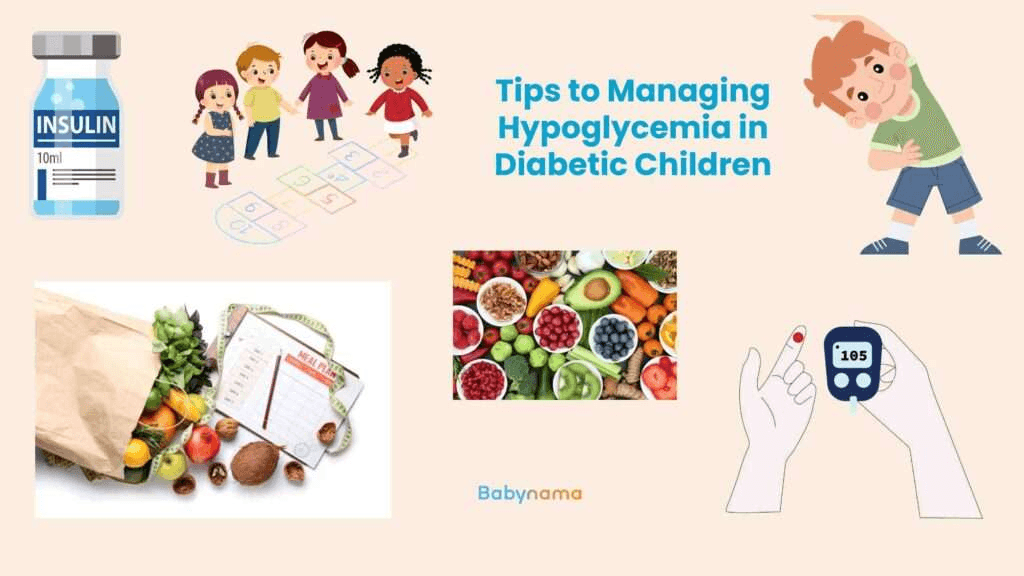
Children with pharmacoresistant epilepsy can benefit from a ketogenic diet high in fat and low in carbohydrates. While there is limited evidence for adults, it may still be effective for children. However, strict monitoring and motivation are necessary, and medical professionals must closely monitor patients.
Learn more about how a dietary approach can help treat epilepsy in children.
What Is Epilepsy In Children?
Epilepsy causes seizures in children due to their neurological condition. Seizures can be triggered by various factors, including disruptions in brain cell connections. If a child experiences multiple seizures with no clear cause, epilepsy may be suspected.
Generalized and focal seizures are the most common types of epileptic seizures, affecting people of all races and ethnicities.
What is Epilepsy Diet Therapy?
Carbohydrates are the main energy source for the body. When carb intake is inadequate, the body turns to stored fat for energy, producing ketones. Ketosis, a state in which the body burns fat for energy, can help control seizures in some children with epilepsy.
Following a special medical diet, seizure control can be improved with diet therapy.
Diet Therapy Can Be Divided Into Two Categories-
- Ketogenic diet
- Modified Atkins diet
Both diets are as follows-
- low-carbohydrate foods (like bread, sugar, and fruits)
- low-to-moderate levels of protein (like meat and cheese)
- saturated fats, particularly butter and oil
The Distinction Between Ketogenic Diets & Atkins Diet
Diet TypeKetogenic DietAtkins DietMeasured byRatio of fat to protein and carbohydratesCarbohydrate intake limited to 15g per dayDiet PlanStrict set of meals with a specific nutrient ratioLess restrictive, includes a source of protein, portion of daily carbohydrate intake, and the rest of daily fat consumptionAll foods must be weighed, entire amount of food served at each meal must be consumedFood does not need to be weighed, can be more flexible throughout the dayHospitalization for 3-4 days to start, more strictNo hospitalization needed, less strict






